literature
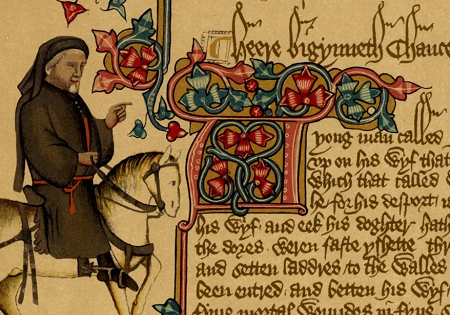
Literature encompasses written works of fiction, non-fiction, poetry, and drama that are created for artistic or intellectual purposes. These works are characterized by their use of language, narrative structure, and literary techniques to convey meaning, evoke emotions, and provoke thought in the reader. Literature covers a wide range of themes, genres, and styles, including romance, mystery, science fiction, fantasy, historical fiction, memoir, biography, and literary fiction. Authors within this genre employ various storytelling devices, such as plot, character development, setting, symbolism, and imagery, to create immersive and engaging narratives. Literature serves multiple functions, including entertainment, education, cultural preservation, and exploration of the human condition. It reflects the diversity of human experience, beliefs, and values, offering readers insight into different cultures, perspectives, and historical periods. Literature has a rich and storied tradition, spanning centuries and encompassing works from diverse cultures and languages. It continues to be a vital form of artistic expression and a source of inspiration and enlightenment for readers worldwide.
reading lists
-
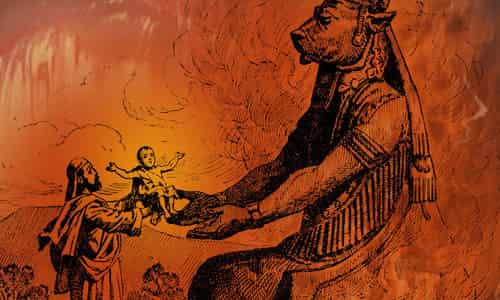
canaanite
Canaan (/ˈkeɪnən/; Phoenician: 𐤊𐤍𐤏𐤍 – Kenāʿn;[citation needed] Hebrew: כְּנַעַן – Kənáʿan, in pausa כְּנָעַן – Kənāʿan; Biblical Greek: Χανααν – Khanaan; Arabic: كَنْعَانُ – Kan‘ān) was a Semitic-speaking civilization and region in the Ancient Near East during the late 2nd millennium BC. Canaan had significant geopolitical importance in the Late Bronze Age Amarna Period (14th century BC) as the area where the spheres of interest of the Egyptian, Hittite, Mitanni and Assyrian Empires converged or overlapped. Much of present-day knowledge about Canaan stems from archaeological excavation in this area at sites such as Tel Hazor, Tel Megiddo, En Esur, and Gezer.<br /><br />The name "Canaan" appears throughout the Bible, where it corresponds to "the Levant", in particular to the areas of the Southern Levant that provide the main settings of the narratives of the Bible: the Land of Israel, Philistia, and Phoenicia, among others.<br /><br />The word Canaanites serves as an ethnic catch-all term covering various indigenous populations—both settled and nomadic-pastoral groups—throughout the regions of the southern Levant or Canaan. It is by far the most frequently used ethnic term in the Bible. The Book of Joshua includes Canaanites in a list of nations to exterminate, and scripture elsewhere portrays them as a group which the Israelites had annihilated. Biblical scholar Mark Smith notes that archaeological data suggests "that the Israelite culture largely overlapped with and derived from Canaanite culture... In short, Israelite culture was largely Canaanite in nature.": The name "Canaanites" is attested, many centuries later, as the endonym of the people later known to the Ancient Greeks from c. 500 BC as Phoenicians, and after the emigration of some Canaanite-speakers to Carthage (founded in the 9th century BC), was also used as a self-designation by the Punics (as "Chanani") of North Africa during Late Antiquity.
-
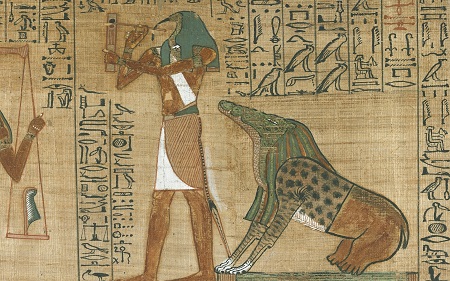
egytian
Egypt was a civilization that flourished along the banks of the Nile River in northeastern Africa from around 3100 BCE to 332 BCE. It is characterized by its complex social structure, advanced architecture, monumental art, and rich cultural and religious traditions. The society was organized around a centralized monarchy, with the pharaoh serving as both a political and religious leader. Ancient Egyptians developed sophisticated agricultural techniques, including irrigation systems, which allowed them to harness the fertile land along the Nile and sustain a large population. They also made significant advancements in mathematics, astronomy, and medicine, contributing to the development of early scientific knowledge. The civilization is perhaps best known for its monumental architecture, including the pyramids, temples, and tombs constructed as eternal resting places for the pharaohs and their families. Religion played a central role in ancient Egyptian life, with a complex pantheon of gods and goddesses worshiped in elaborate rituals and ceremonies. The civilization's written language, hieroglyphics, enabled them to record their history, literature, and religious beliefs on papyrus scrolls and monumental inscriptions. Ancient Egypt's legacy continues to captivate and inspire people worldwide, providing valuable insights into the development of human civilization.
-
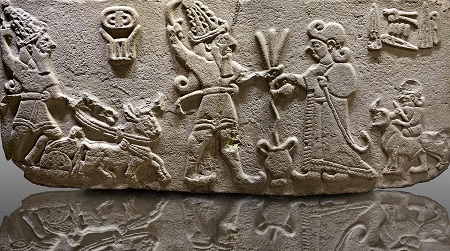
hittite
The Hittites were an Anatolian people who established a powerful civilization in what is now modern-day Turkey during the Late Bronze Age, roughly from the 17th to the 12th century BCE. They are notable for their advancement in military technology, particularly their pioneering use of iron weaponry. The Hittite society was organized into a centralized monarchy, with a king ruling over a hierarchical bureaucracy. They developed a complex legal system, known as the Hittite laws, which regulated various aspects of society, including property rights, inheritance, and criminal justice. The Hittites were also skilled diplomats and traders, establishing extensive trade networks throughout the Eastern Mediterranean and Near East. Their capital city, Hattusa, was a center of political, economic, and religious activity, featuring impressive fortifications, temples, and palaces. The Hittites are perhaps best known for their role in the Late Bronze Age collapse, which saw the collapse of several major civilizations in the Eastern Mediterranean region around the 12th century BCE. Despite their eventual decline, the legacy of the Hittites endures through their contributions to military technology, law, and diplomacy, which have left a lasting impact on subsequent civilizations in the region.
-
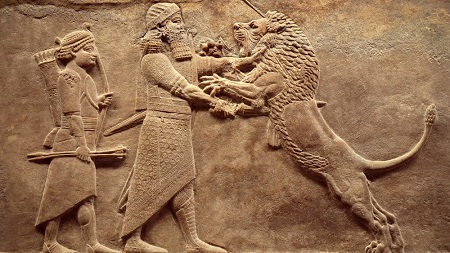
mesopotamian
Mesopotamia was a region located in the fertile crescent between the Tigris and Euphrates rivers, encompassing modern-day Iraq, Kuwait, parts of Syria, and Turkey. It is often referred to as the "cradle of civilization" due to its role in the development of some of the earliest known human societies. Mesopotamia was home to several ancient civilizations, including the Sumerians, Akkadians, Babylonians, and Assyrians, each contributing to the region's rich cultural, political, and technological heritage. The civilization of Mesopotamia was characterized by its advanced agricultural practices, including irrigation systems that allowed for the cultivation of crops and the development of surplus food production. This surplus supported the growth of urban centers and the emergence of complex social and political structures. Mesopotamian cities were organized around temple complexes, known as ziggurats, which served as religious and administrative centers. The region is also known for its early writing systems, including cuneiform script, which were used to record economic transactions, legal codes, religious texts, and literature. Mesopotamian society was stratified, with a ruling elite composed of kings, priests, and bureaucrats, supported by a laboring class of farmers, artisans, and merchants. Despite frequent conflicts and invasions, Mesopotamia thrived for thousands of years, leaving behind a lasting legacy of innovation and cultural achievement that continues to influence the modern world.
-
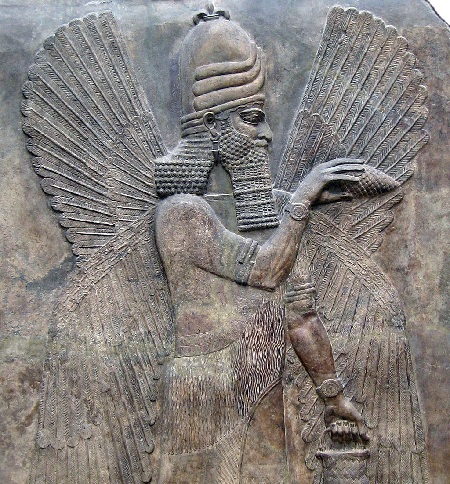
sumerian
The Sumerians were an ancient civilization that emerged in the southern region of Mesopotamia, in what is now modern-day Iraq, around 4000 BCE. They are widely regarded as one of the earliest known civilizations in history. Sumerian society was characterized by its advanced urban centers, such as Uruk and Ur, which were among the world's first cities. The Sumerians made significant contributions to the development of civilization, including the invention of writing, known as cuneiform, which they used to record administrative, economic, and religious information on clay tablets. They also developed a sophisticated system of mathematics, including the concept of the 60-base numerical system and the division of the circle into 360 degrees. Sumerians were skilled artisans and craftsmen, producing pottery, metalwork, and textiles of exceptional quality. They also constructed monumental architecture, including ziggurats, temples, and palaces, which served as religious and administrative centers. Sumerian religion was polytheistic, with a pantheon of gods and goddesses worshipped in elaborate rituals and ceremonies. The Sumerians were highly influential in shaping the cultural and technological development of Mesopotamia, and their legacy continues to be felt in modern society.
-
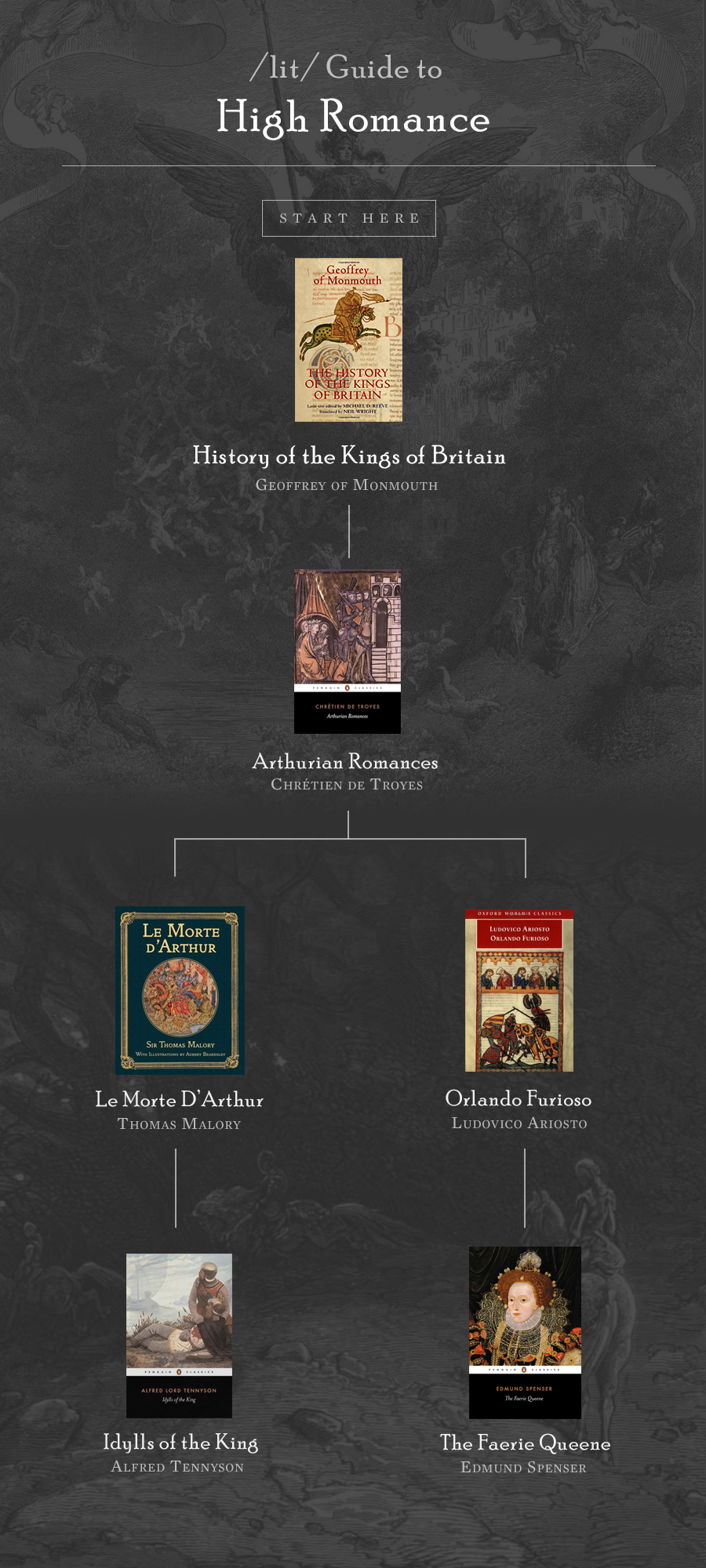
High Romance
High romance literature refers to a genre characterized by its focus on idealized love, chivalry, and heroic deeds, often set in distant or fantastical settings. It typically features elaborate prose, intricate plots, and heightened emotional intensity. Themes commonly explored in high romance literature include the quest for true love, the triumph of good over evil, and the pursuit of noble ideals. This genre often incorporates elements of mythology, folklore, and symbolism to evoke a sense of wonder and enchantment. The narratives frequently revolve around protagonists who embark on epic journeys or undertake daring adventures in the name of love or honor. High romance literature prioritizes emotional depth and moral complexity, presenting readers with richly textured worlds and compelling characters that resonate on a profound level.